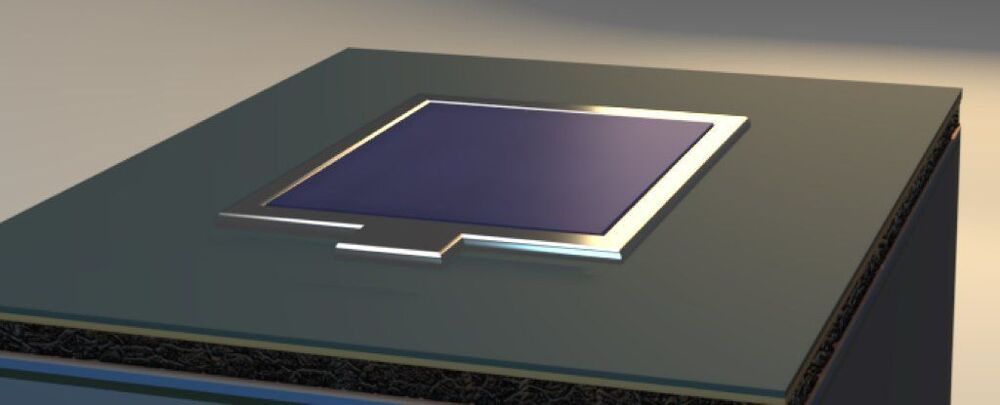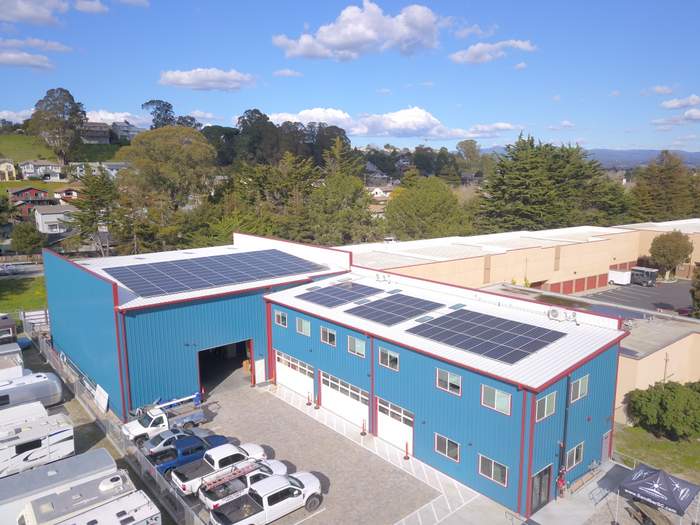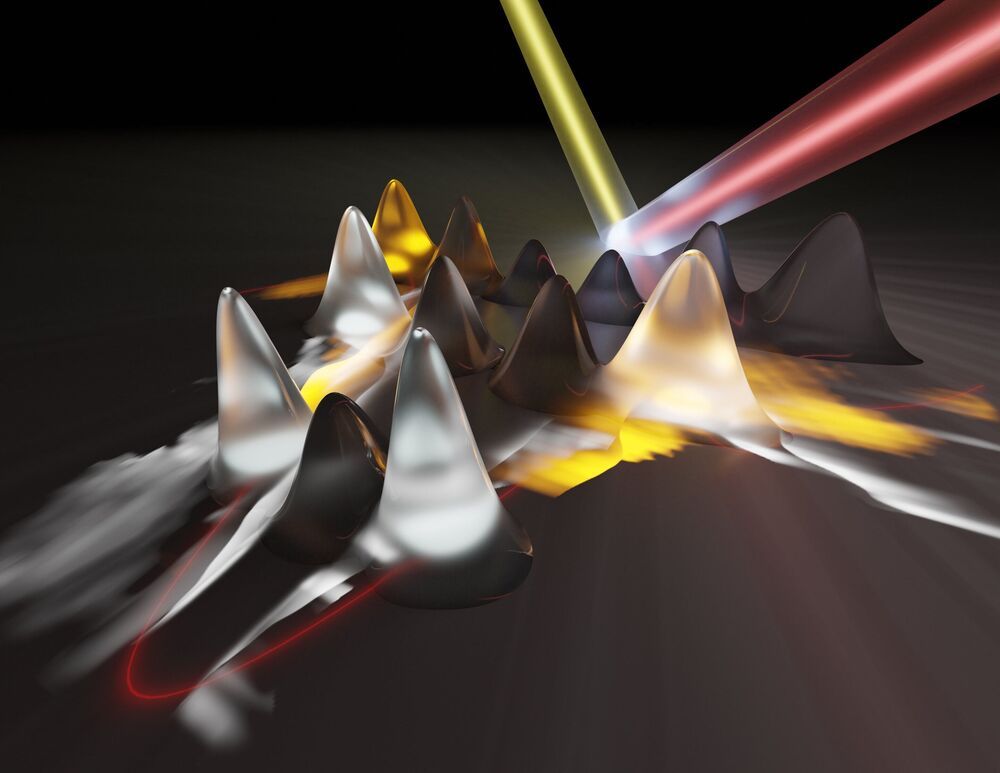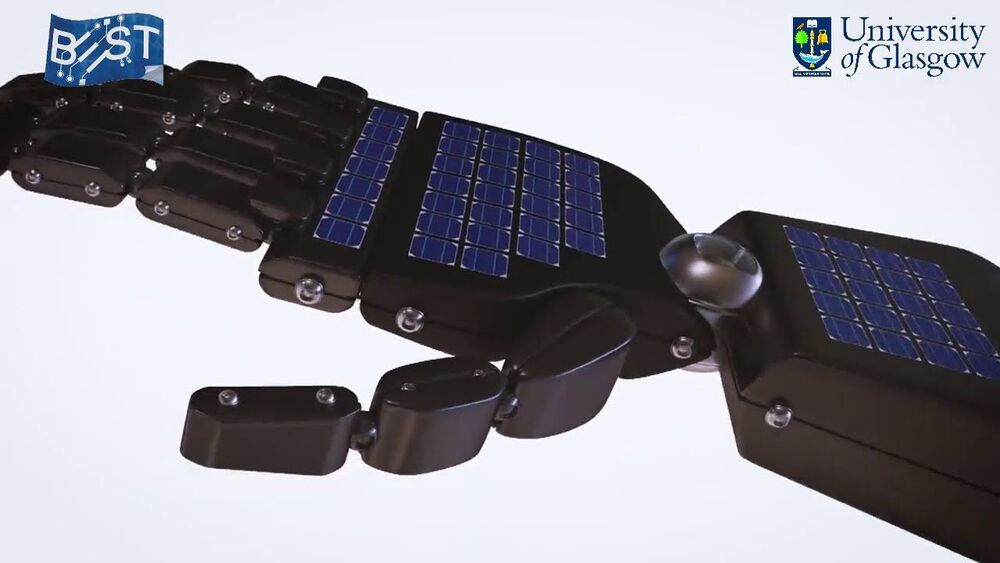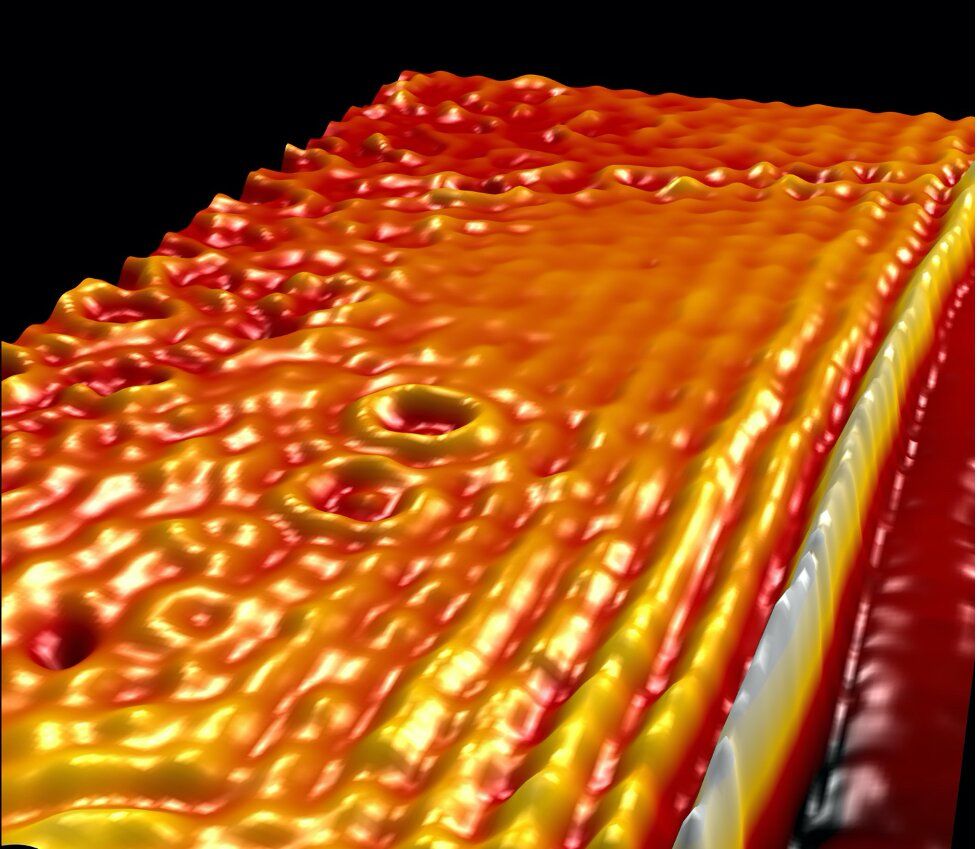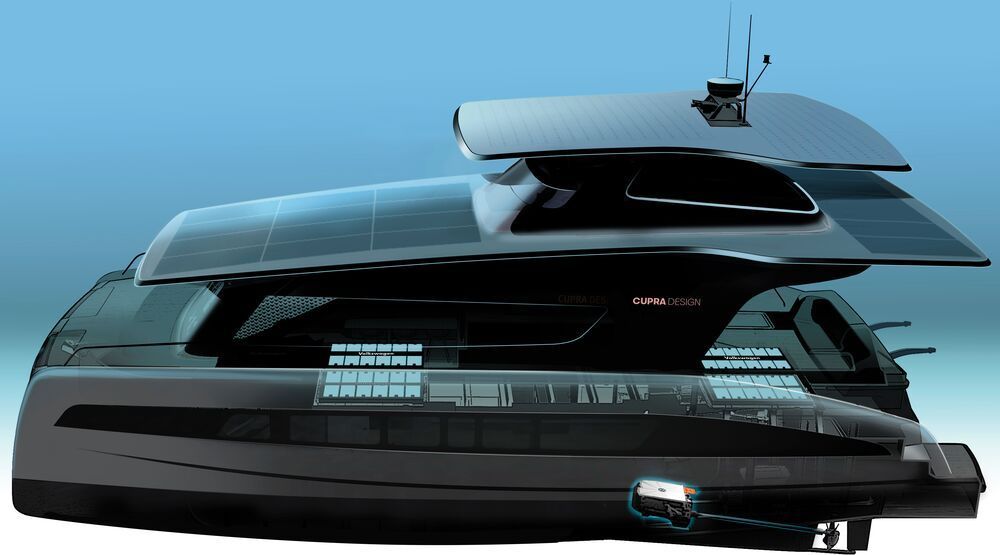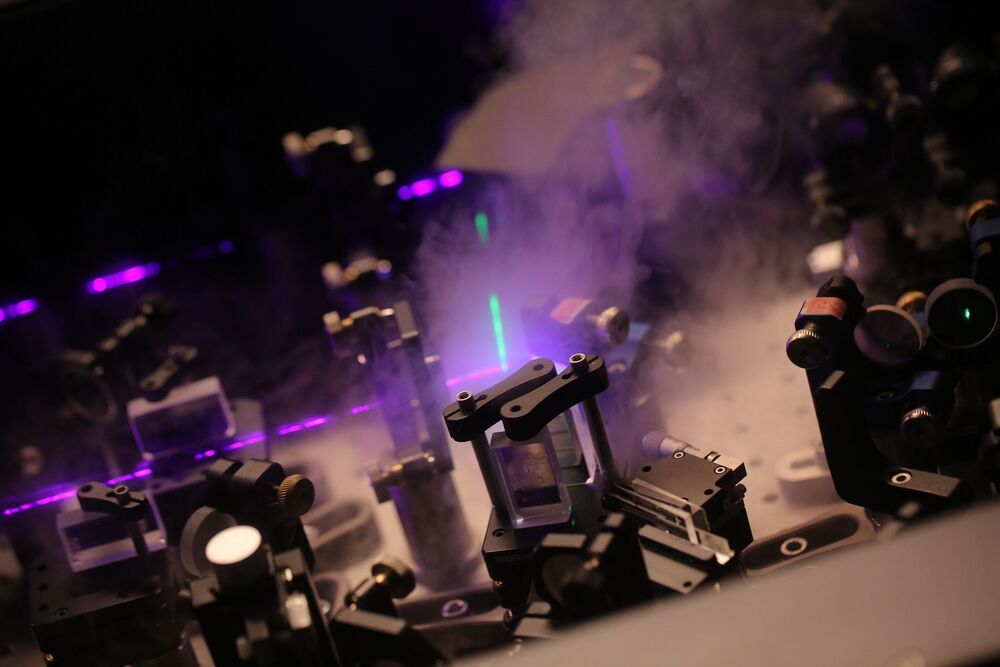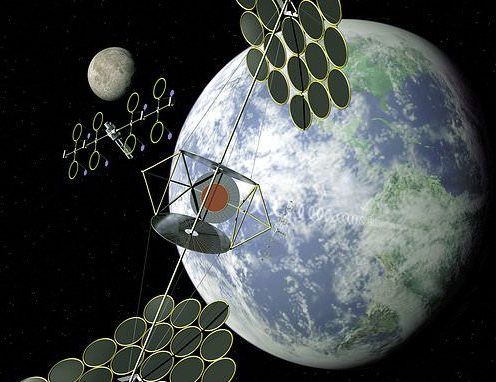Renewables keep on gaining steam. 😃
Improving the efficiency of solar cells can make a huge difference to the amount of energy produced from the same surface area and the same amount of sunshine, and another world record has been beaten in the push for better yields.
Researchers have now hit an efficiency of 29.15 percent in the perovskite/silicon tandem solar cell category, which is just one of several different types of cells. There are currently a variety of different technologies in use to convert solar energy into electricity.
For this type of panel, the long-term target of more than 30 percent is now tantalisingly within reach. The latest lab tests edge ahead of the maximum 28 percent efficiency that perovskite/silicon cells have managed up to this point.
